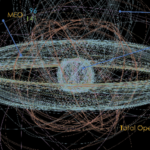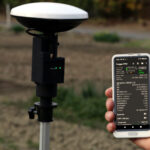NovAtel Receivers to Support New Xona Commercial LEO Constellation
Xona Space Systems recently launched a test satellite on SpaceX’s Transporter 5, aiming to display high-quality commercial PNT Low Earth Orbit (LEO) signals from a payload suitable for small satellite deployment—and Hexagon | NovAtel has announced support of those efforts.
By Renee Knight













